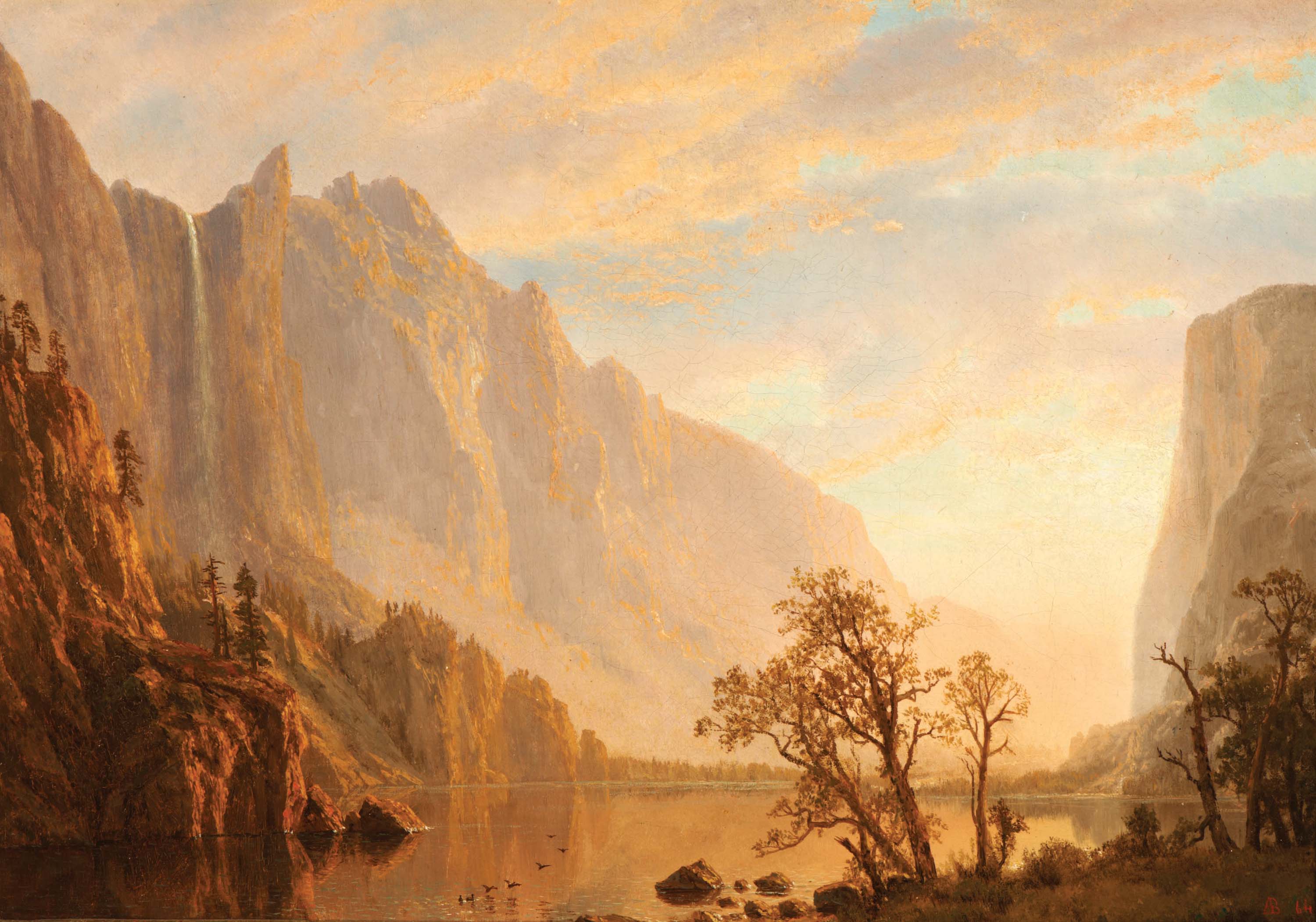
04 Apr The Evolution of Western Art
THE QUESTION “WHAT IS WESTERN ART?” has been debated for generations.
Two centuries ago the definition seemed simple, but today the genre has expanded beyond the parameters of 19th-century Westward Expansion, beyond cowboys and Indians and vast landscapes. Today hundreds of artists push the boundaries of what constitutes Western art.
Brian Dippie, art historian at British Columbia’s University of Victoria, states controversially in his 2011 article, “What We Talk About When We Talk About Western Art,” in The Literature and Culture of the American West, edited by Nicolas S. Witschi, that “Western art is visually realistic art about Indians and white pioneers … and unspoiled landscape.” Although he’s not alone in feeling that only traditional subjects qualify, there are many who would heartily disagree. An unbiased look at the diverse, high-quality artwork that continues west of the Mississippi evidences how the genre has broadened, evolved, incorporated and rewritten a hidebound history into a free-ranging, wide-open modern story.
The present is a momentous time for reconsidering narrow boundaries and for exploring how lively and diversified the Western art market is today. Recently, a panel of artists, curators, critics and Western art aficionados — guided by moderator Jeffrey Schrader, assistant professor of art history at the University of Colorado — convened at the Visions West gallery in Denver to dig into the topic. Points of interest were numerous and time too brief to explore them in depth but, following a review of major traditional themes of the so-called Golden Age of art of the American West, the discussion expanded to encompass more recent developments.
In the Beginning
Early in the 19th century, following the Louisiana Purchase, the federal government mandated explorations across the country’s vast unknown territories all the way to the Pacific Ocean. Artists and, later, photographers joined these expeditions and began to document both the land and its native residents. It became popular to record Indian portraits, dress, weaponry and ceremonial or daily activities, notably from the Anglo perspective. Prominent among those artists was George Catlin [1796 – 1872]. From 1832 to 1836 Catlin made four trips into Indian country, painting some 500 portraits and scenes of Native life that would become his “Indian Gallery,” which can be viewed today at the Smithsonian American Art Museum in Washington. His work became known beyond America, throughout Europe, and contributed greatly to growing awareness of what would become iconic images defining the American West.
Drawn to its unexplored wilderness during the same era, two Hudson River School painters — Albert Bierstadt [1830 – 1902] and Thomas Moran [1837 – 1926] — created lavish, carefully detailed homages to these new vistas, often glorifying them bathed in heavenly light.
Among the many artists who actively broadened the Western art genre, perhaps two of the best known are Frederic S. Remington [1861 – 1909] and Charles M. Russell [1864 – 1926]. Both men were enthralled with the West, its peoples and its lifestyles — so different from anything either had experienced before — and made them their master themes. Both artists came West in the early 1880s, but they came to their subject matter from opposite poles. Remington’s specialty was the frontier army, but he tackled scenes from every corner of Western life — yet apart from living one year on a sheep ranch in Kansas, he never lived in the West. Charlie Russell, on the other hand, made Montana his permanent home in 1880. He lived the life of a working cowboy for many years and produced vivid, often nostalgic, paintings of cowboys, Indians and wildlife. Both men contributed mightily to what would become the touchstone images of the American West. Both men were prolific, creating thousands of works over lengthy careers, and both sculpted in bronze as well as painted. Both witnessed a rare episode in American history. Yet their perspectives were quite different. Remington thought Westward Expansion, the “civilization” of the Indian, the conquest and settlement of the land, to be proper “progress” in a Manifest Destiny sense; while Russell mourned the changes and the effects they would have on an idyllic way of life. Russell’s work has been called “a sustained elegy” of an era that was fast disappearing.
Such artists as Bierstadt, Moran, Remington and Russell laid the foundation for our most traditional perspectives of what Western art is, and yet a closer look at what has since transpired reveals an evolution that is fresh and innovative. It does not exclude those beloved foundational images, but can be described as a lifting of the head to take in a more distant and inclusive look at how artwork in the region expanded once the dust cleared and life in the West developed its own distinctive character. Frontiers, by their nature, offer more space for individualism. There are new opportunities for experimentation and for challenging tradition. Old ways that worked elsewhere can be cast aside and more practical solutions sought.
Today, as several panelists reiterated, art created in the West continues to document its wild places, its native residents, ranching lifestyles and diverse wildlife, but contemporary artists are also recording the results of development’s march across the land, its updated modes of transportation, its cities and man’s impact upon what was once almost untouched territory. The restrictive Anglo historical perspective has been broadened to include other voices: Native Americans painting their own people and traditions, Hispanic and Chinese artists texturing oft-told stories by adding their own significant roles to the mix and female artists making their presence, their lives, visible.
Among the action heroes of the early West, Anglo males figured prominently, with Indian chiefs and braves a close second, followed by an auxiliary contingent of wives and daughters, Indian maidens and whores with hearts of gold. But, in truth, the history of the West’s development is far more textured. As Jeffrey Schrader pointed out, “The center of gravity in the United States has been shifting westward with the migration of people. In the field of American art history, a comparable development has arisen with fresh studies, for example, of Hispanic and Asian imprints on the country, turning away from the strongly Anglicized narratives propagated by scholars in the northeast. The stars are aligning in such a way that the West deserves renewed study.”
Schrader mentions the works of Mian Situ to support his statement: “Situ’s scenes of the American West are at once historical and contemporary. For example, Golden Spike Ceremony captures a key moment in the unification and development of the United States and includes the presence of two Chinese figures in the foreground. Images of that moment have traditionally omitted the Chinese laborers essential to its success, and subsequent historians focused instead on the heroes of Westward Expansion. By working with canonical imagery, Mr. Situ uses its authority to restore recognition to the Chinese role in advancing the young American nation.”
The Land Above All
Early artistic themes that defined Western art to an audience of non-Westerners endure. Portrayals of landscapes continue to dominate and, for these artists, nature is their Scheherazade, weaving never-ending tales of mesmerizing beauty that they long to share with the world.
Prime examples of how living artists are honoring the Western landscape in realistic though interpretive styles, can be seen in the work of Steve Datz, Kevin Courter, Nancy Bush and Don Stinson. They are painting not only what they see — and braving the elements to do so — but what they feel as they stand witness to nature’s creations.
Colorado artist Stephen C. Datz’s insightful and distinctive interpretations bring us bold, blood-red mesas, powerful waterways and glittering winter scenes. He is dedicated to painting outdoors every day in all seasons. About his subject matter, Datz says, “I focus on pure landscapes because they intrigue me. A landscape painting carries an implicit sense of solitude and silent contemplation — an invitation to viewers to lose themselves for a moment in the sublime beauty and grandeur of the natural world.”
California painter Kevin Courter finds his muse among the rugged Sierra Nevada mountain ranges, in the vineyards of Sonoma Valley and the majesty of the Big Sur coastline. Working both outdoors and in the studio, Courter is inspired by the works of early California Impressionists, although he combines light, composition and mood in a manner all his own. Moving south toward the gulf and the Mexican border, Texan Nancy Bush produces ethereal landscapes filled with loneliness and longing. “Landscape is my love — it is ever changing and yet soothingly the same, but I hope my paintings will convey a single quiet moment of reflection, of nature at her best.”
Other artists, including panelist Don Stinson, depart from traditional representations. Stinson, known for panoramics that explore not only the physical but the cultural landscapes of the West, says his inspiration “emanates from the elements of earth, air, fire and water in combination with manmade structures within the environment.” His large-scale paintings capture the ongoing struggle between human activity and the relentless efforts of nature to recapture lost ground, reminding us that the West is no longer an untouched paradise — change is afoot.
Other artists are also taking up this theme to highlight ecological concerns. At a recent exhibition at the Phoenix Art Museum, Arizona-based artist Matthew Moore used earthworks, video and installation to document how agricultural land is increasingly being lost to urban growth. The last of four generations of his family to farm their land west of Phoenix, watching urban encroachment has had a profound effect on him, which he explores in his work as an artist. As Moore explains, “The trials and tribulations of American agriculture, its roles in contemporary globalization and its continually debated ecological practices create a foundation for my explorations. … I use land and art to display similarities between commercial agriculture and suburbia, revealing their social, cultural and economic impacts locally, nationally and internationally.”
New Visions of Cowboys And Indians
Within the panel, there was a general consensus that the American Indian and the cowboy lifestyle continue to lie at the heart of popular Western images. But from the mid-20th century onward, their traditional representations have been challenged by artists from both inside and outside those communities. Anglo artists’ images were among the first purporting to reveal the American Indian to the outside world. But, often, those artists knew little about their subjects’ cultures, had only a rudimentary understanding of their spiritual beliefs or the meaning of their rituals and daily lives. Yet there was a sincere intent to capture — to “save” — what they perceived to be fast-disappearing ways of life.
There has always been controversy around the question of who can capture a cultural or ethnic group most accurately — those who are living within it and know it intimately or those who come to it with fresh eyes, supposedly without bias. Perhaps the truth lies somewhere in between and both perspectives have something of value to add. Certainly early-era artists like Russell and Remington documented, with diligence and passion, details of American Indians that might have been lost to the world otherwise. Modern master artists Howard Terpning, Z.S. Liang and Roy Andersen, among many others, have made it their mission to continue the tradition and to reach beyond those early works to capture historic details and peoples overlooked at the time. They spend as many hours researching authentic fine points as they do at the easel.
But over more recent decades, able Native American artists have turned their talents toward depicting their own people, experiences and worldviews to reflect their tribal heritage in diverse and imaginative ways. Some, such as Kevin Red Star, paint in a bold, contemporary style but call on their ancestral tribal history for inspiration. Red Star conjures expressive images that have earned him significant recognition as an ambassador for his native Crow culture.
Many younger Native American artists, such as Tony Abeyta and Mateo Romero, reference their heritage in quite different ways. Abeyta, of Navajo and Anglo descent, has traveled and studied widely in both the United States and abroad. Seeing more of the world has expanded his experience of other cultures and artistic sensibilities and, although he considers himself to be a “regionalist, accepting that much of what I do is tied to a native culture and place,” his colorful, dramatic deities and black-and-white abstract compositions, filled with symbolism and cultural reference, offer compelling new views.
Cochiti Pueblo painter Mateo Romero, educated at Dartmouth, also knows a more sophisticated, broader world than his long-ago ancestors did. His style is narrative, often incorporating social commentary on contemporary Pueblo life. In recent years he has moved toward mixed media, working with historical photographs and incorporating unusual materials, such as asphalt, into their surface. He and Abeyta, along with many other contemporary American Indian painters, are building on a traditional foundation, using a whole new visual language to express modern dimensions of their lives.
Sharing top billing with the American Indian, the cowboy has always been present as a romantic, ubiquitous hallmark of the West. Charlie Russell was one of the first artists to show a generation the appeal of a rugged, independent life lived large against a majestic natural backdrop — man and his horse, his cattle, braving all kinds of weather with masculine fortitude.
Today the tradition continues through work by artists such as Carrie Ballantyne, whose sensitive portraits of men and women living the ranching life are as stunning as any done in the 19th century. Artists Bill Owen, John Fawcett and Bill Anton all focus on the working cowboy and his horse, and ranch life generally, for their inspiration. But it is the feelings that such scenes engender that each artist claims as motivation — the nobility of American cowboys and their horses.
Even imaginings about cowboys evolve and can take on fresh, new forms. As panelist Duke Beardsley, a fifth-generation Coloradoan raised in a cattle ranching family, emphasizes, Pop and Modernism can be successfully tied to traditional cowboy metaphors. Beardsley’s unique, innovative style, portraying cropped repetitions floating in fields of color, invites commentary and, he says, “are more about discovery than recognition.”
An Ever-Evolving Story
Any effort to define Western art today necessarily generates more questions than answers, which is a part of the genre’s continuing fascination. As panelist, writer and curator Rose Fredrick stated, “Ultimately, how we define Western art is rooted in the past, as all art is rooted in the evolution of art over the last several hundred years. True Western art should stand up to any other style of art as a form of speech, as a dialogue on contemporary issues and society.”
Western art as a genre that depicts “Indians, white pioneers and unspoiled landscape” is still broadly apt, yet it cannot simply be confined to art created in the West about the West. It is not a singular style that can be reduced to the subcategories of provincialism or regionalism. It is not a single artist, school or medium, nor can one article touch on the breadth and talent that bolsters the strength of it. Western art is far grander than that, yet at the same time more personal, more uniquely American. At its best, it’s iconic. Alive and evolving, the journey continues.
- Stephen C. Datz | “Evening Light On Grand Mesa” | Oil on Canvas | 16 x 40 inches | 2011
- Don Stinson | “The Return; It Is All Blue Sky” | Oil on Linen | 12 x 26 inches | 2011
- Z. S. Liang | “Rejecting the Metal Shield, Fort Mackenzie, 1835” | Oil | 46 x 72 inches | 2011
- Kevin Courter | “Leaving the Barn” | Oil on Linen | 17 x 18 inches | 2011
- John Fawcett | “A Cold Return” | Oil | 18 x 24 inches | 2009
- John Fawcett, “Born to the Land”
- Kevin Red Star, “Chief Wildcat’s Raiding Party”
- Thomas Moran | “Shoshone Falls on the Snake River” | Oil on Canvas | 1900
- Frederic Remington | “Stampede” | Oil on Canvas | 1908
- Charles M. Russell | “Meat’s Not Meat ‘Till It’s in the Pan” | Oil on Canvas |1915
- Bill Owen, “Going to the Fire”
- Bill Owen | “Jughead” | Oil on Canvas | 18 x 24 inches | 2008
- Kevin Red Star | “Jack Rabbit” | Mixed Media on Canvas | 60 x 48 inches
- Kevin Courter, “Moonrise” 





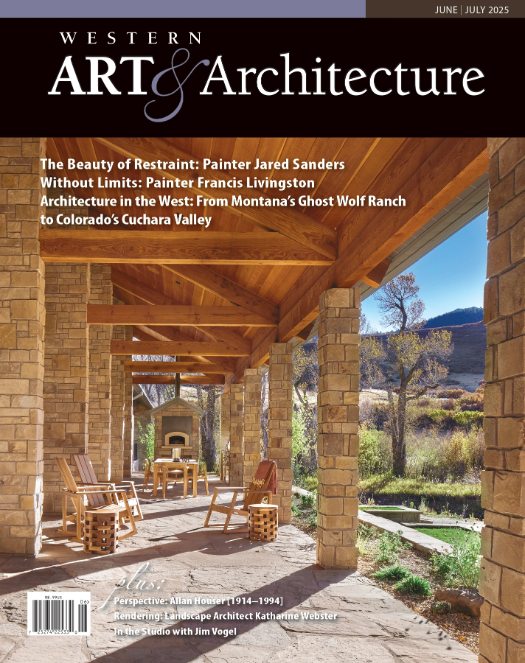
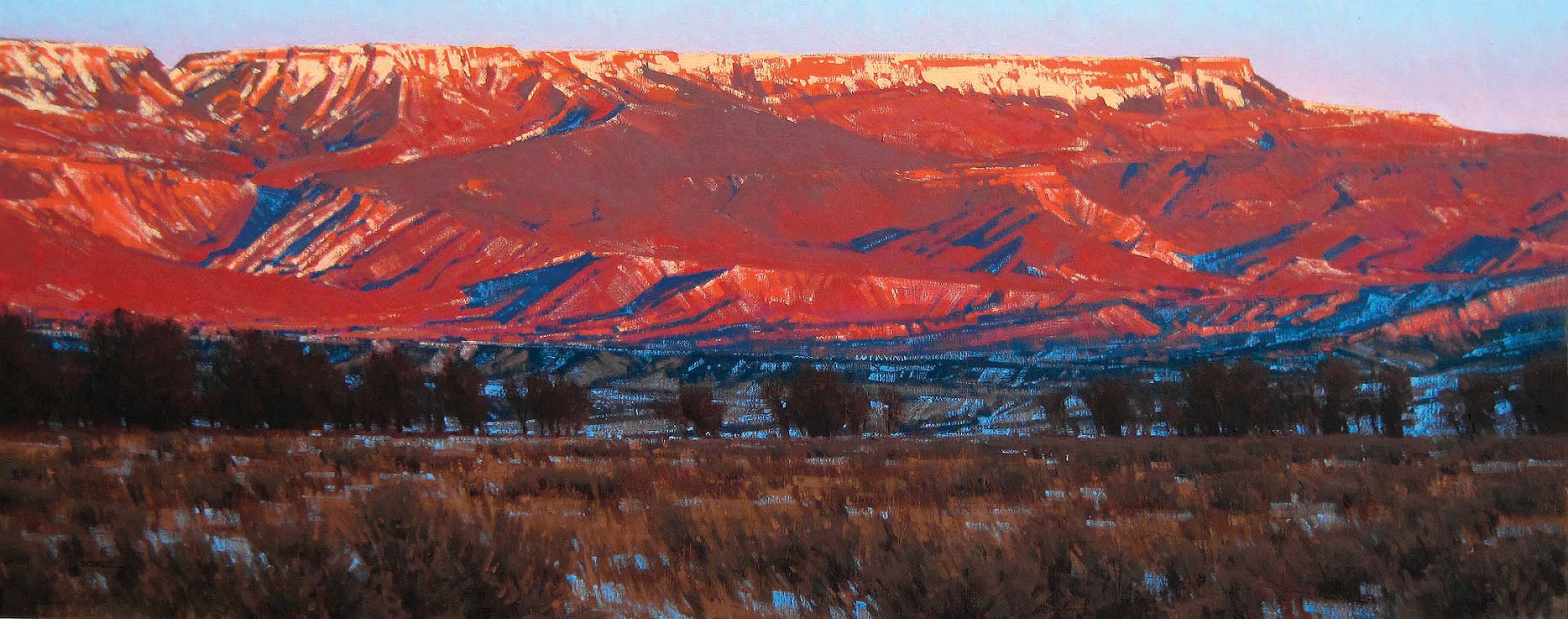
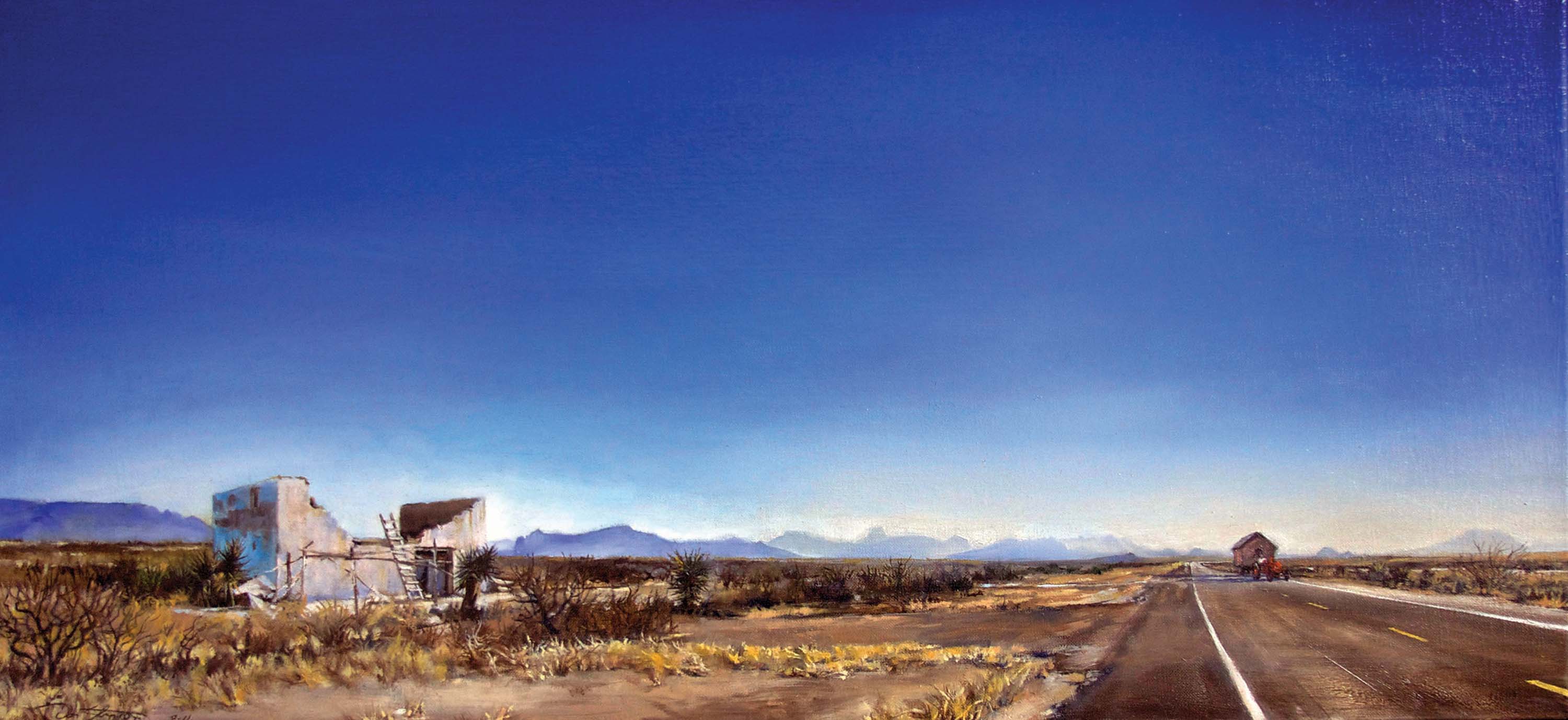
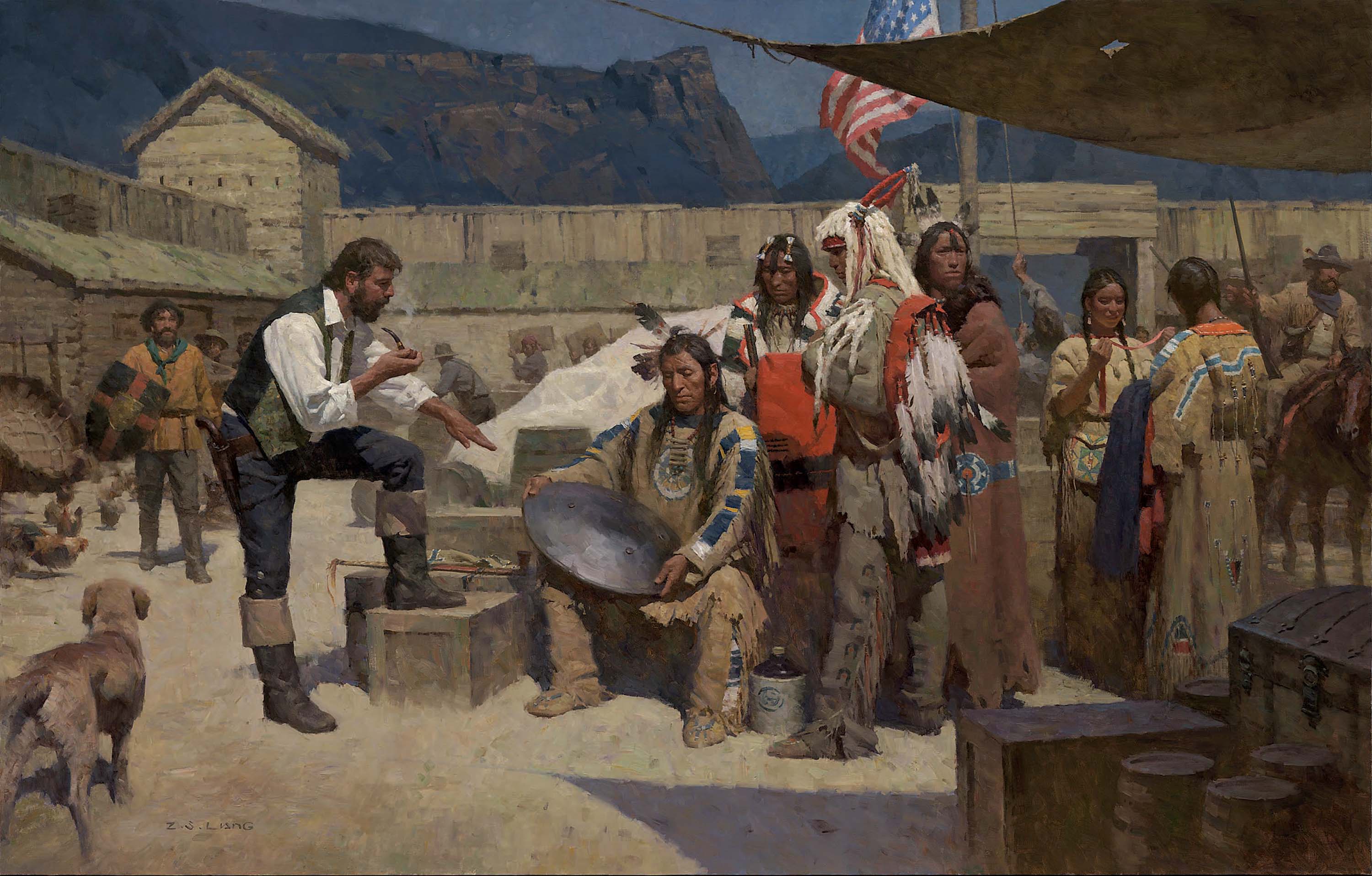
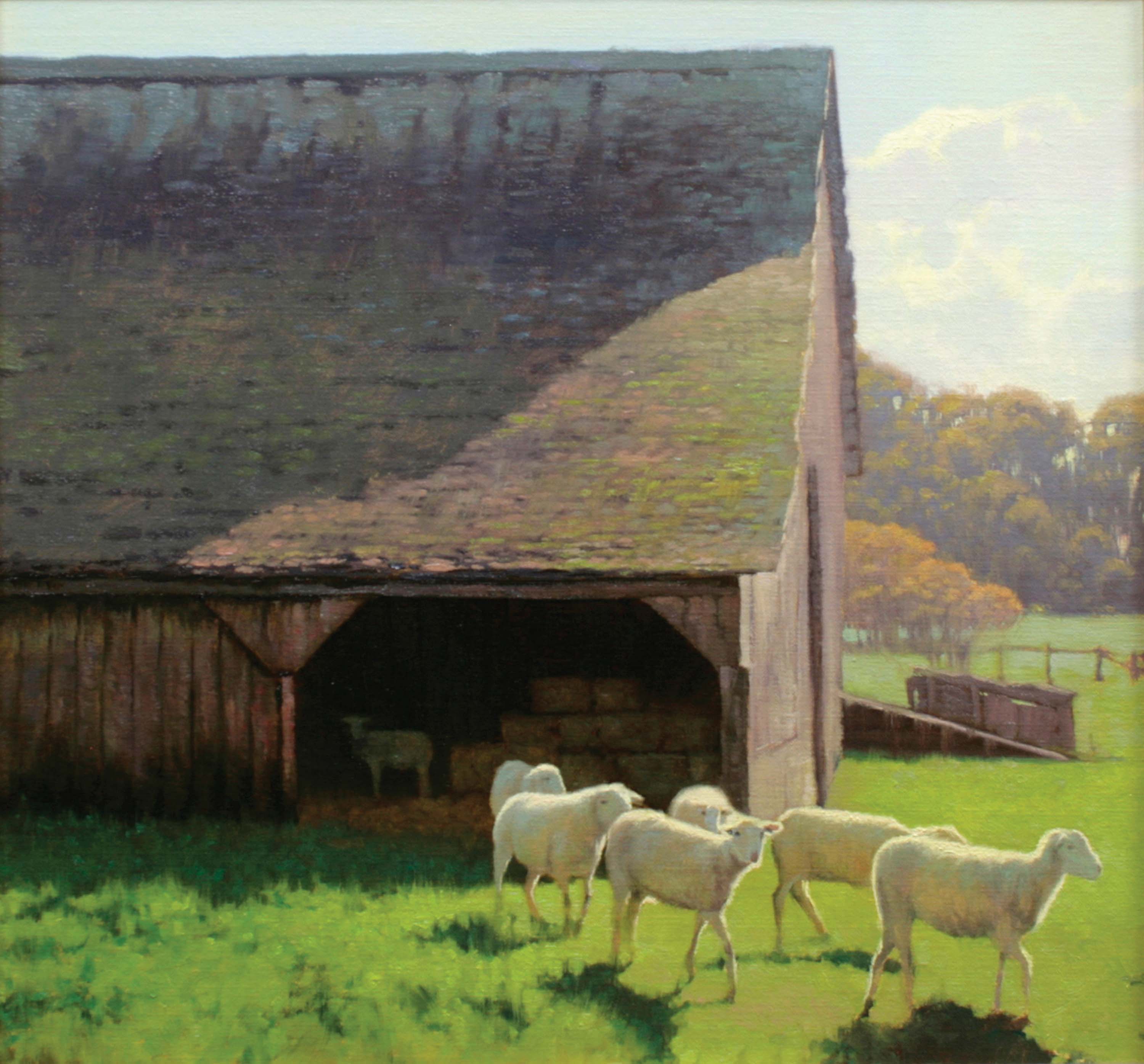
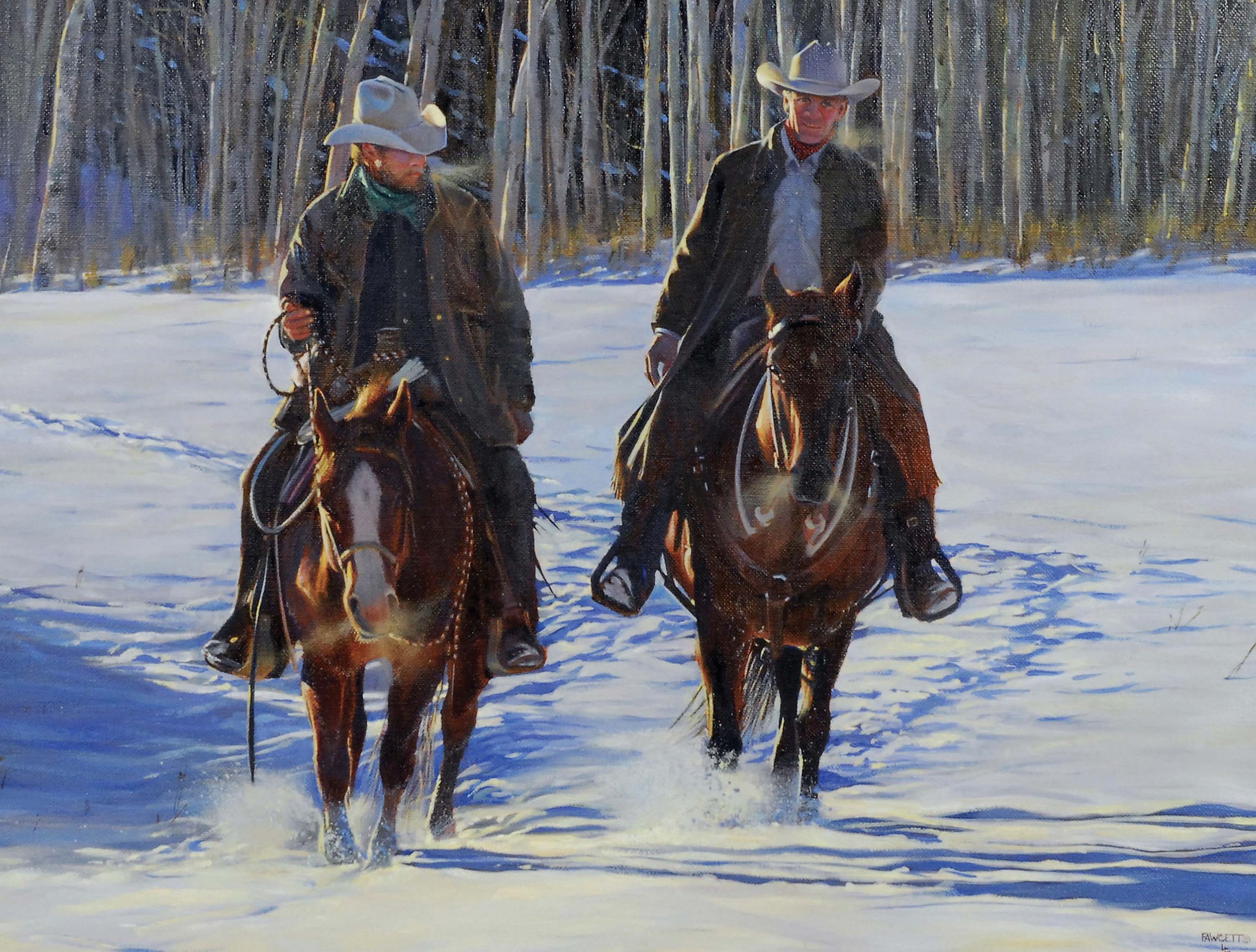
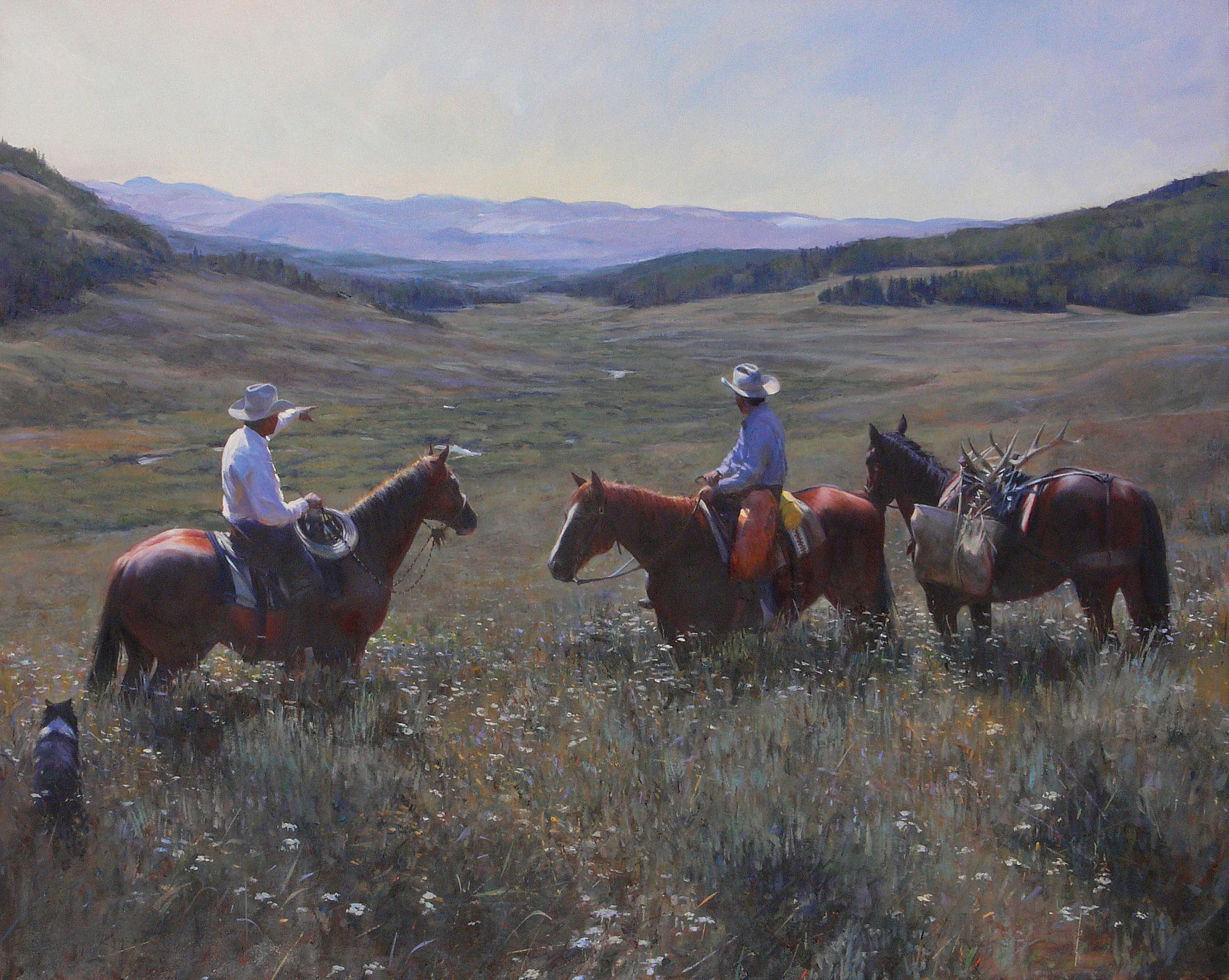
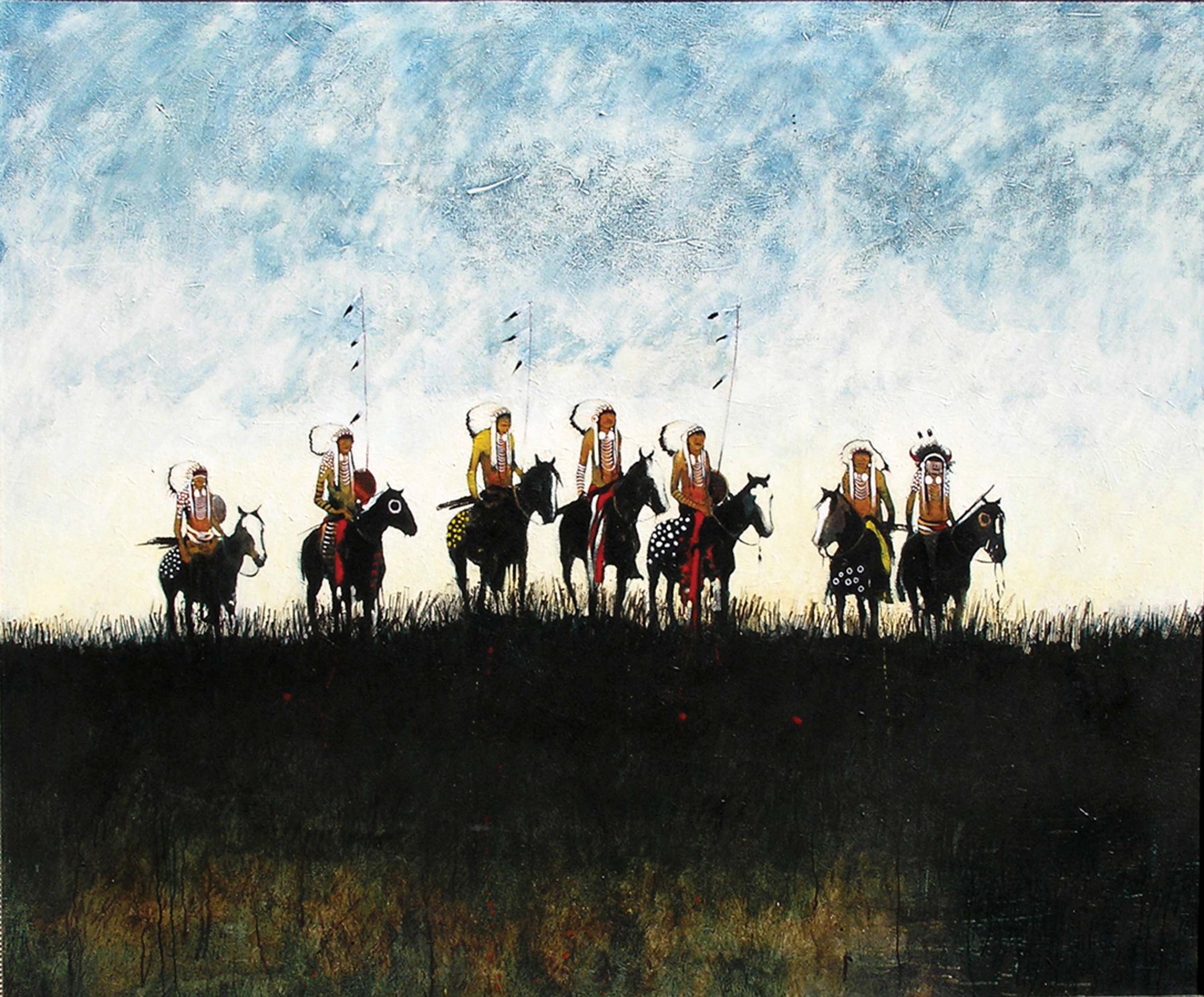
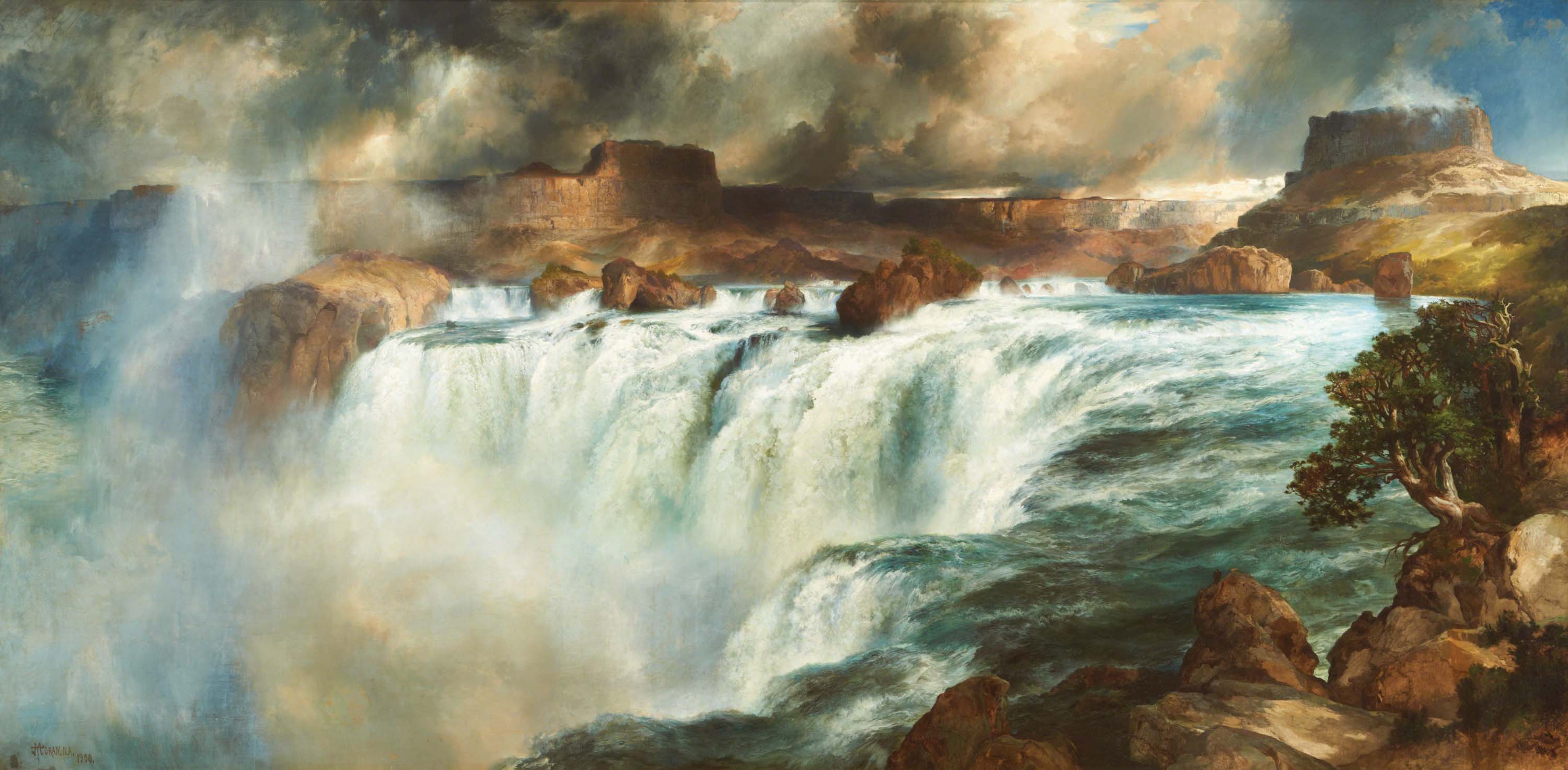
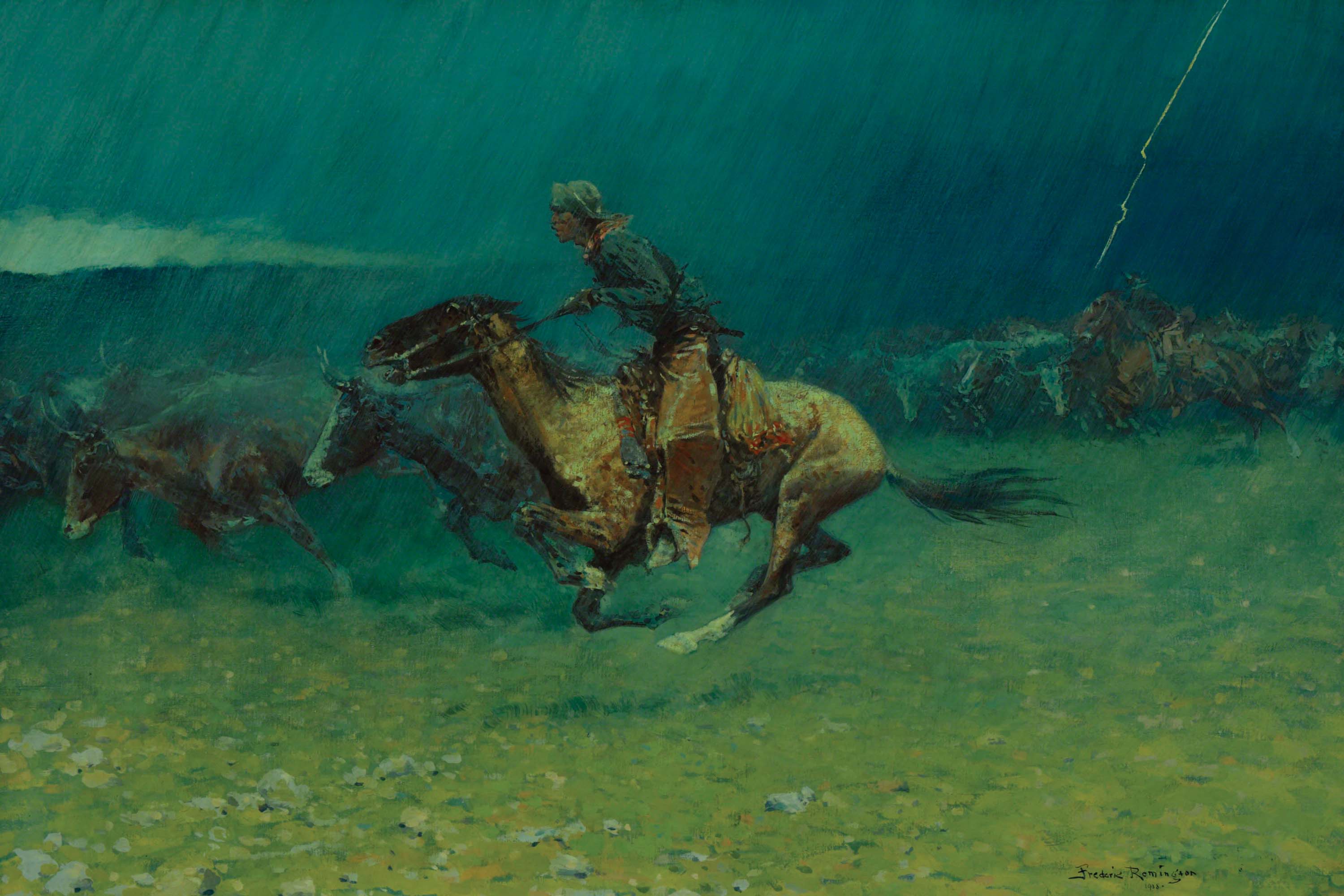
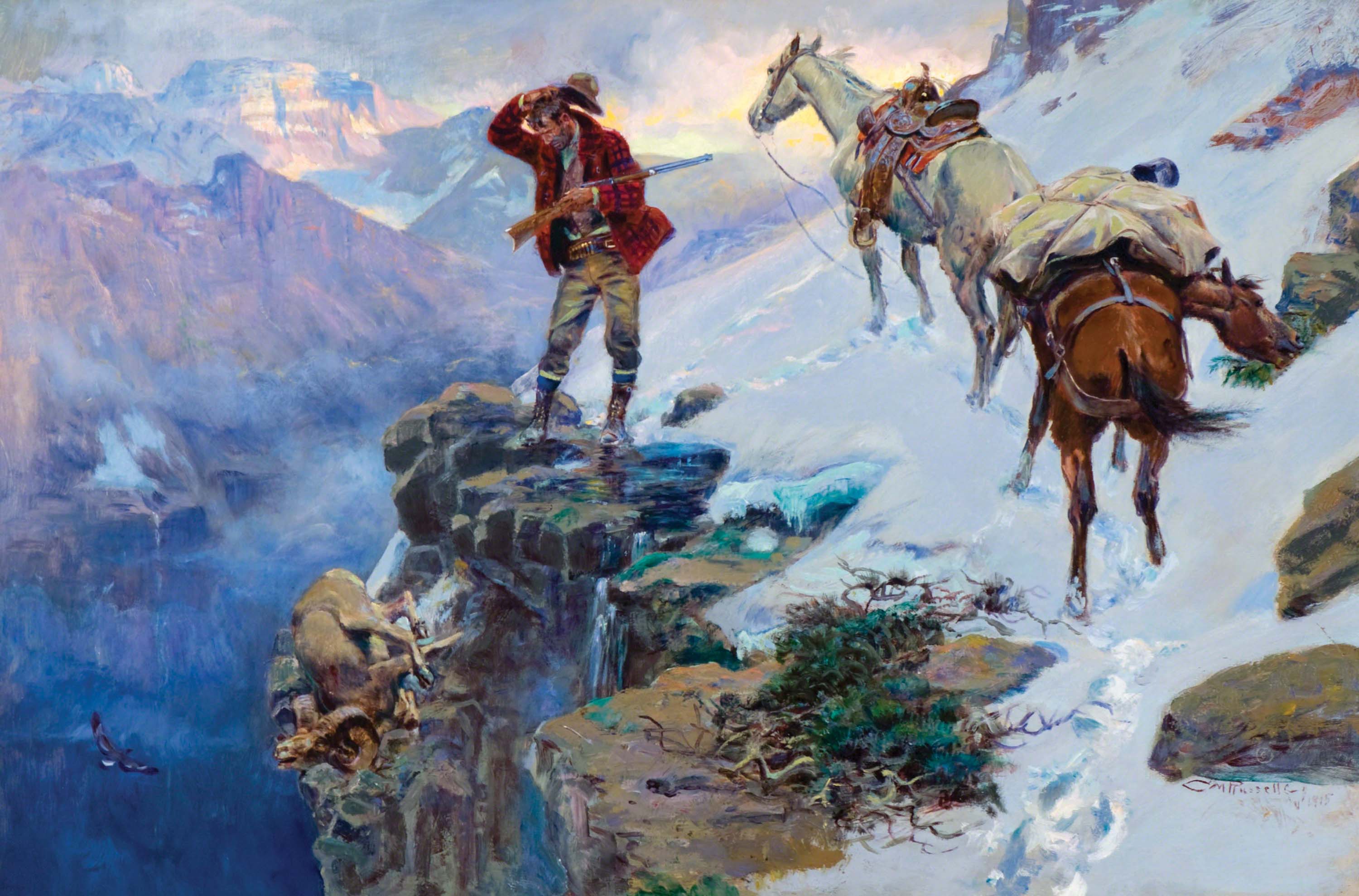
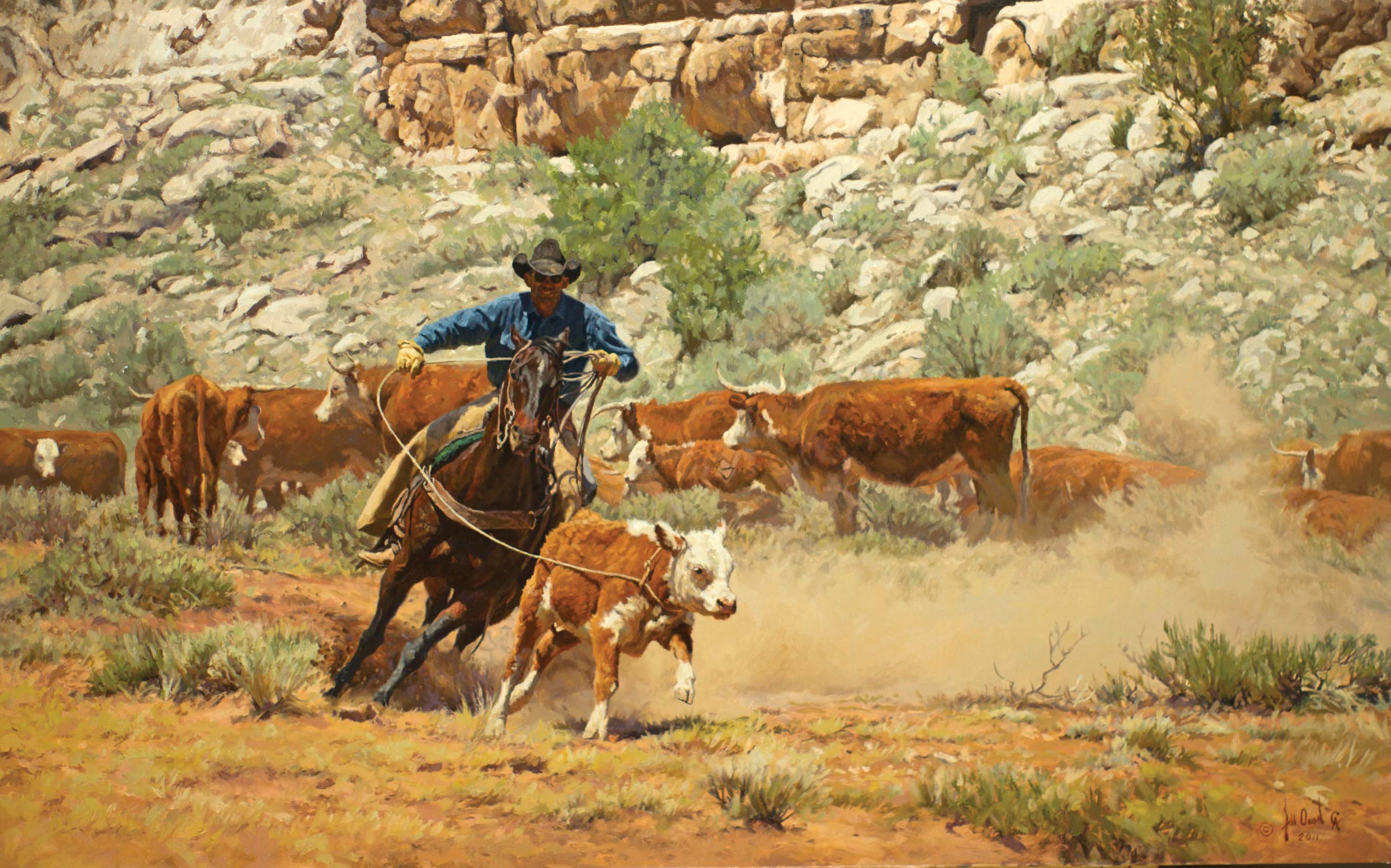
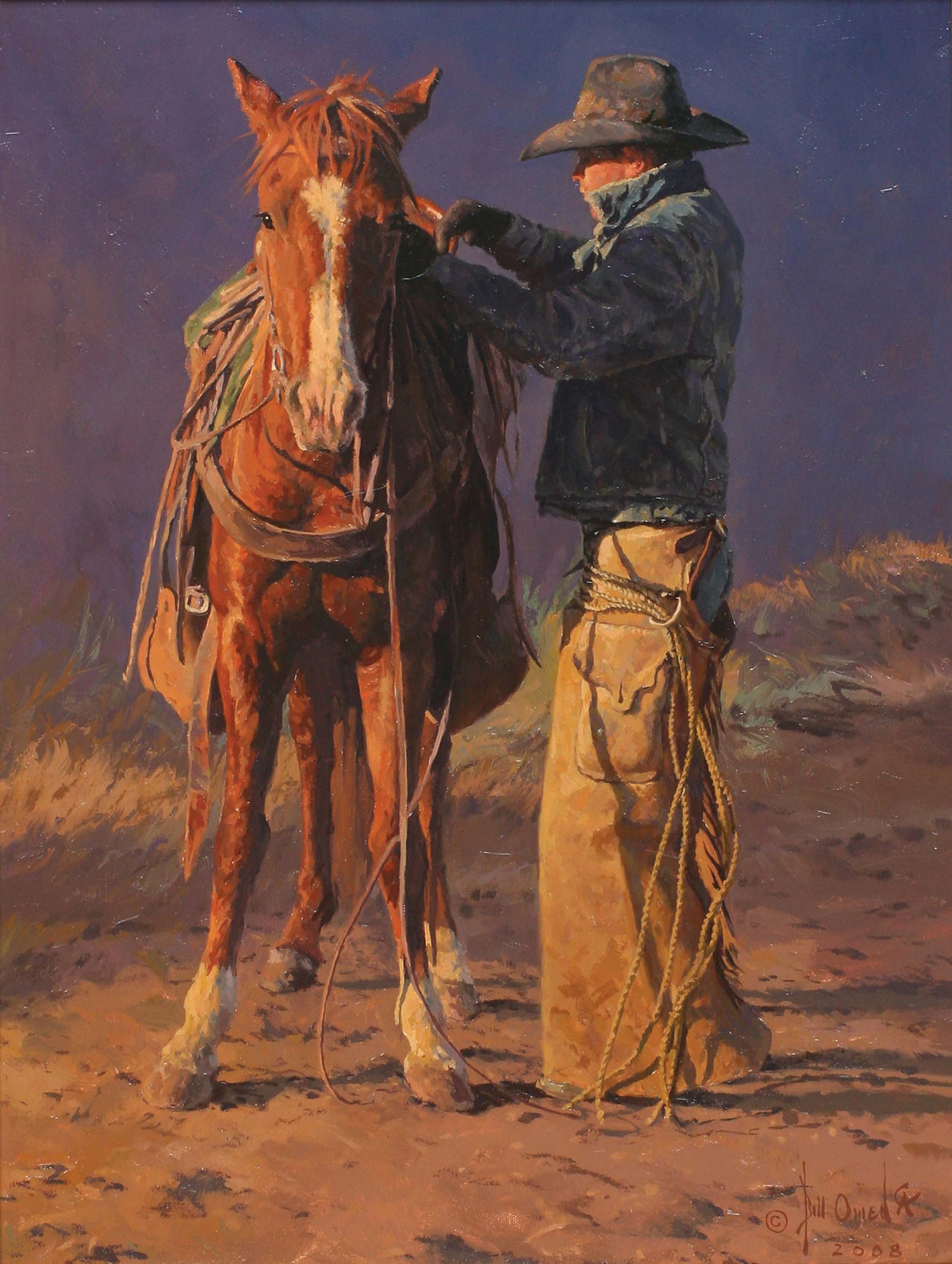
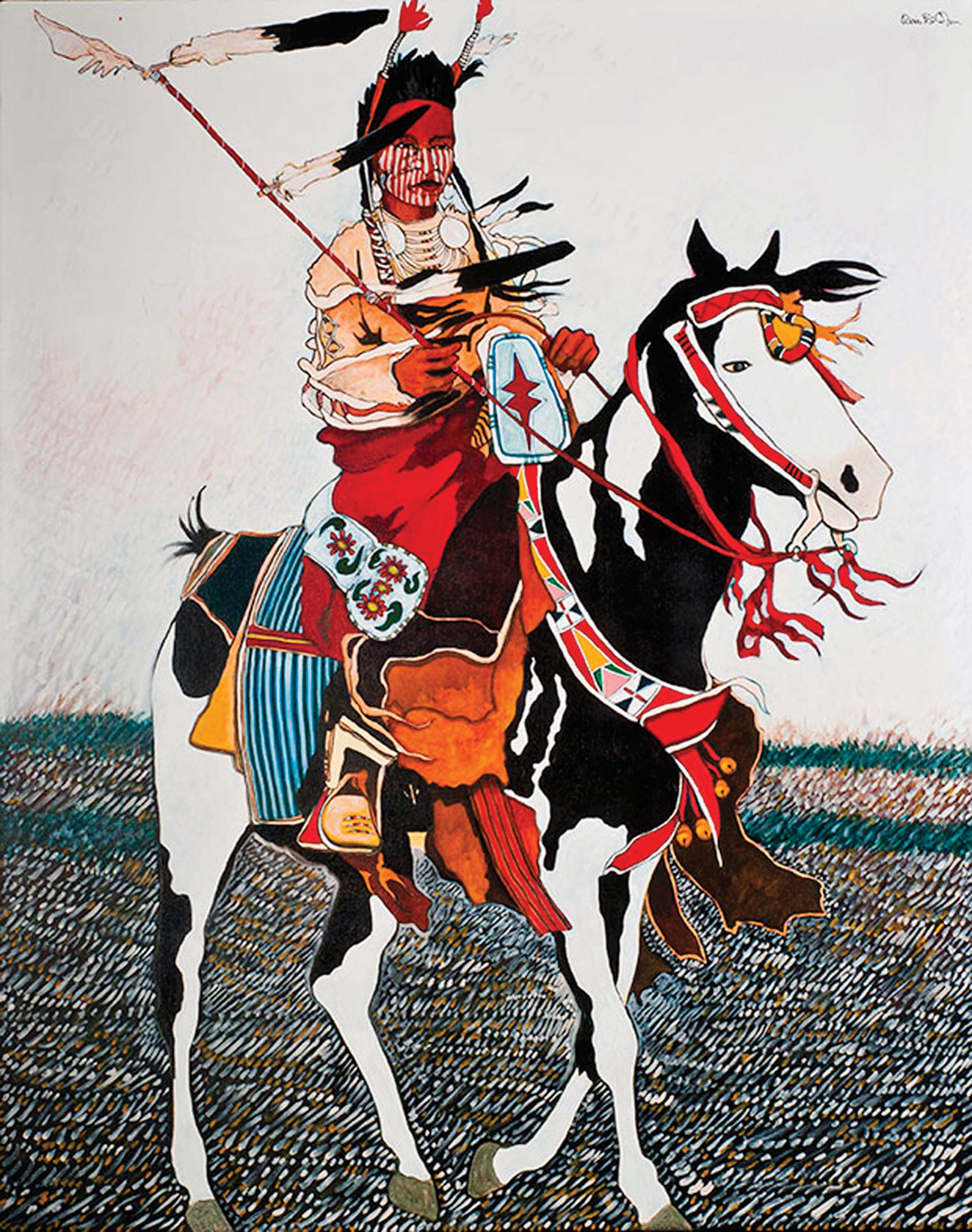
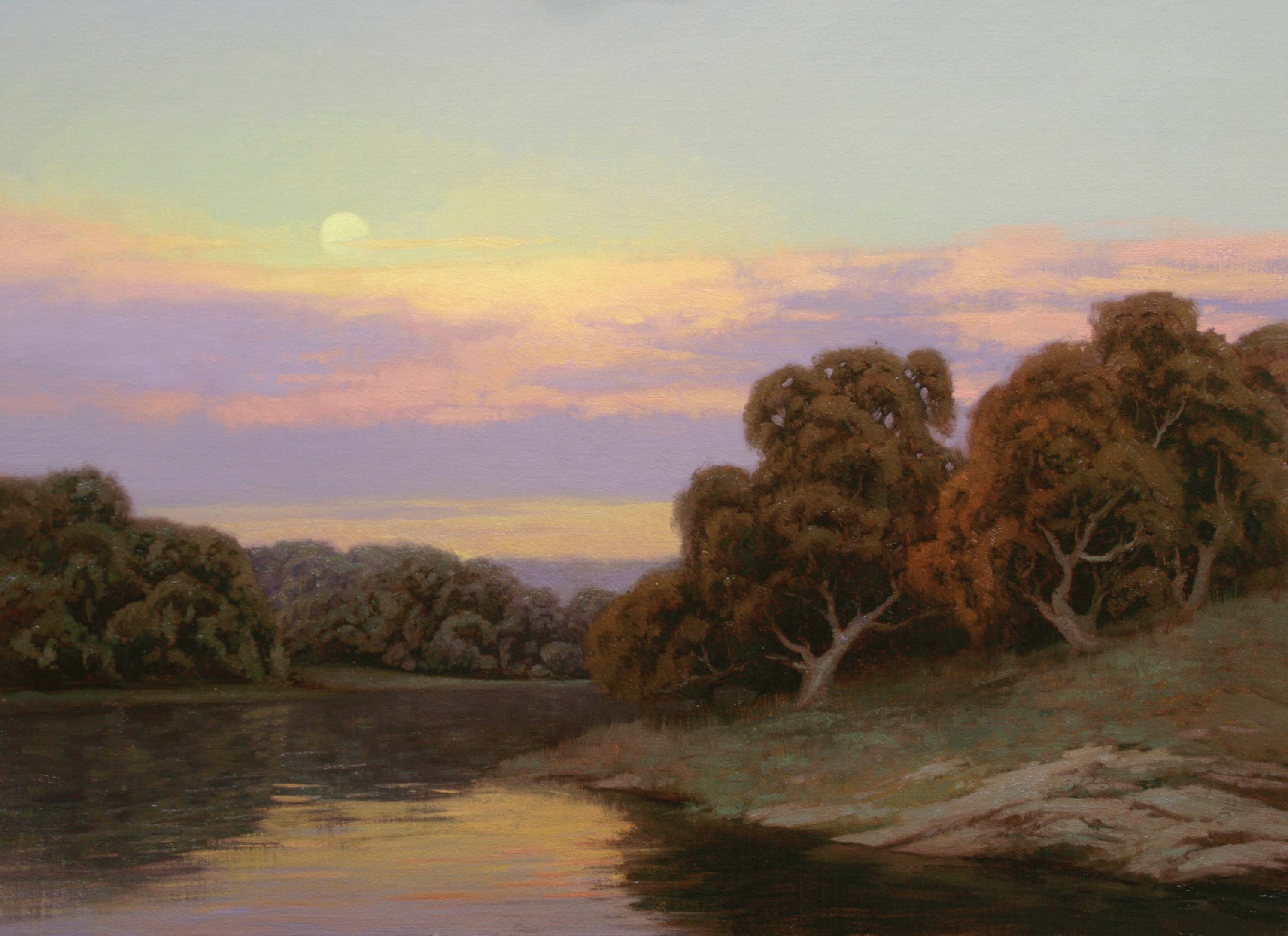
No Comments